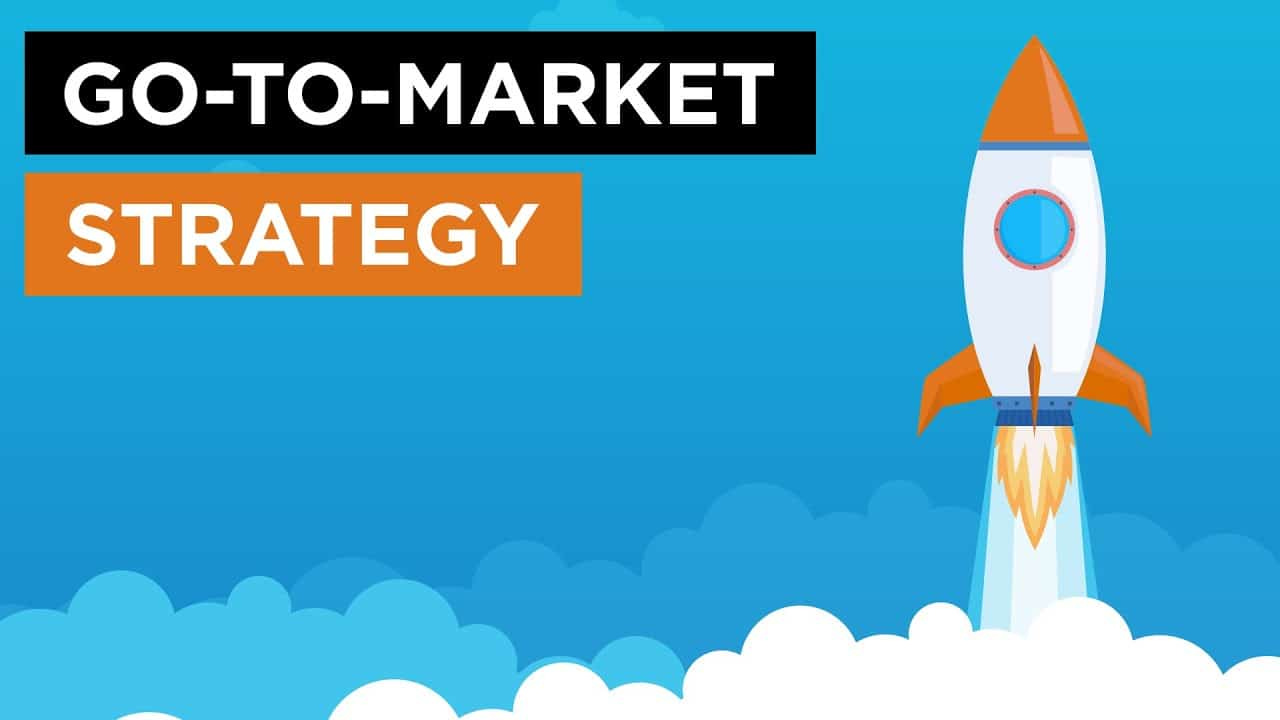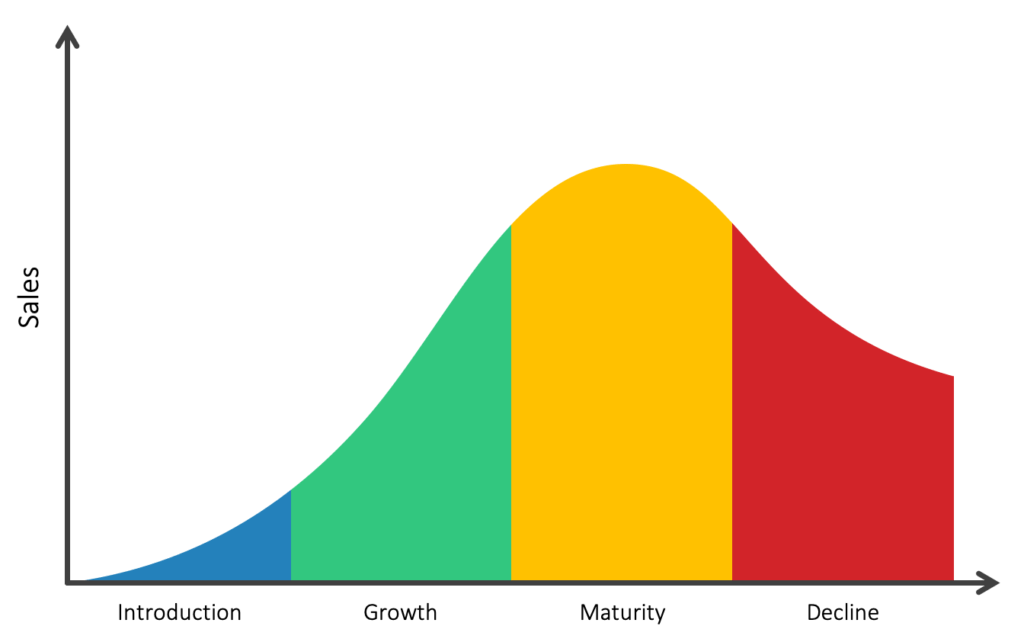Understanding Product Led and Sales Led Growth
Learning what go-to-market strategy your product needs.
Thinking about the perfect go-to-market strategy for your product can be stressful. These days, I find that people would rather use a product-led growth strategy because It seems to be getting much attention.
This article discusses two go-to-market strategies and points you to what might be best for your product.
Product Led Growth (PLG)
Product-led growth (PLG) is a go-to-market strategy that relies on using the product as the primary tool for customer acquisition. The focus here is to build a great product with a fantastic user experience, then add a viral loop.
A viral loop is a system that promotes continual growth by generating referrals. It's how you get your current consumers to recommend your brand to others and those new customers to tell even more people about you. This generates an endless loop that has the potential to expand exponentially. When done correctly, all referral schemes aim to build viral loops and typically share the same benefits.
Over time, PLG has become very popular - especially among SaaS companies. Take Netflix, Zoom, Slack, for example. They offer great products, but we hardly see any word of mouth marketing or posters telling you that they're the best choice. These companies rely heavily on their product and viral loop to do the heavy lifting.
For example, you may have never used Zoom, but a colleague might send you an invite to join a seminar they believe would be helpful for your career. This way, you become a Zoom user yourself - even if you weren't trying to use the product actively. This is how a viral loop works.
What this means for the company's customer acquisition cost (CAC)
Acquiring the right customers can be very tedious and expensive; PLG reduces - to a great extent - how much you spend on acquiring these users. Once you create a great product and embed a viral loop that works, the product sells itself.
You often have people using your product without ever really planning to - consider the Zoom example I gave earlier. This eliminates the lengthy decision-making process that customers sometimes have to go through when picking what works for them.
Another example is Slack. Many communities are set up on Slack, so sometimes, you might randomly be invited to join a channel to collaborate on something. It doesn't matter if you didn't know Slack ever existed. Now you're a user.
Sales Led Growth (SLG)
Sales-led growth is a go-to-market strategy where your sales and marketing teams take the driver's seat to acquire customers for your product. The success of the product primarily depends on how well they're able to carry out their jobs. The focus isn't so much on the product or trying to create viral loops that work. Some of the very common sales led approaches are campaigns, direct marketing, ads, etc. The marketing and sales teams are working overtime to keep the product in your face - the same Youtube ads that won't go away are good examples.
I recently started using Oribi for analytics after months and months of having it pop up as a YouTube ad. I somehow thought that I'd stop getting the ads if I at least signed up and started tracking a website's traffic with it. I did, I love the experience and ease of using this product, but this is something I'd never really have tried if I didn't see the ad all the time. There isn’t a solid viral loop here either.
What this means for the company's customer acquisition cost (CAC)
As you might have guessed, this has a higher CAC than PLG. I didn't get sold on Oribi till after months of watching the ads. Companies that lead with sales & marketing often have to spend more resources acquiring users.
Run your mind through any purchase decision you made because someone kept telling you about it and how much time it took you to warm up to the idea of trying it out.
Learning what go-to-market strategy to use for your product
As attractive as PLG looks, using it in some cases and some stages of your product's life cycle won't give the best result, and as tedious as SLG often seems, it's the best strategy to use sometimes.
When you should use SLG
Products go through different stages in their life cycle; this causes the need at each point to differ sometimes.
Source: business-to-you.com
Think about Photoshop and Canva. More experienced creators use Photoshop, while Canva is primarily used by random people, like myself, who want to make quick Instagram carousels without going through so much stress.
This makes Canva a differentiated product - while Photoshop is for the more skilled designers, Canva is for me. With differentiated products, leading with PLG immediately might not be effective because, at this stage of your business, your goal should be to build awareness - to educate everyone about why they don't have to go through a lot of stress trying to figure out photoshop because there's an easier alternative that works for them.
Leading with PLG at this stage doesn't afford you the education you need to do with potential customers.
When you should use PLG
When your product is competitive, PLG is often a better fit. For example, if you're building another photoshop, PLG will come in handy because you'll need that viral loop to start gaining a decent market share fast.
It's essential to add that differentiated products aren't sentenced to a forever with SLG. I'll advise that you lock in PLG on your differentiated product as soon as it gets to the growth stage of its product life cycle - a good test for this is how well you've done well with lead generation.
Did you enjoy reading this?



This was insightful
This is such a good read. Especially as a PM trying to decide the best GTM strategy for a product. One question that comes to mind is if it is possible to capitalize on both strategies at the early stages of a product?